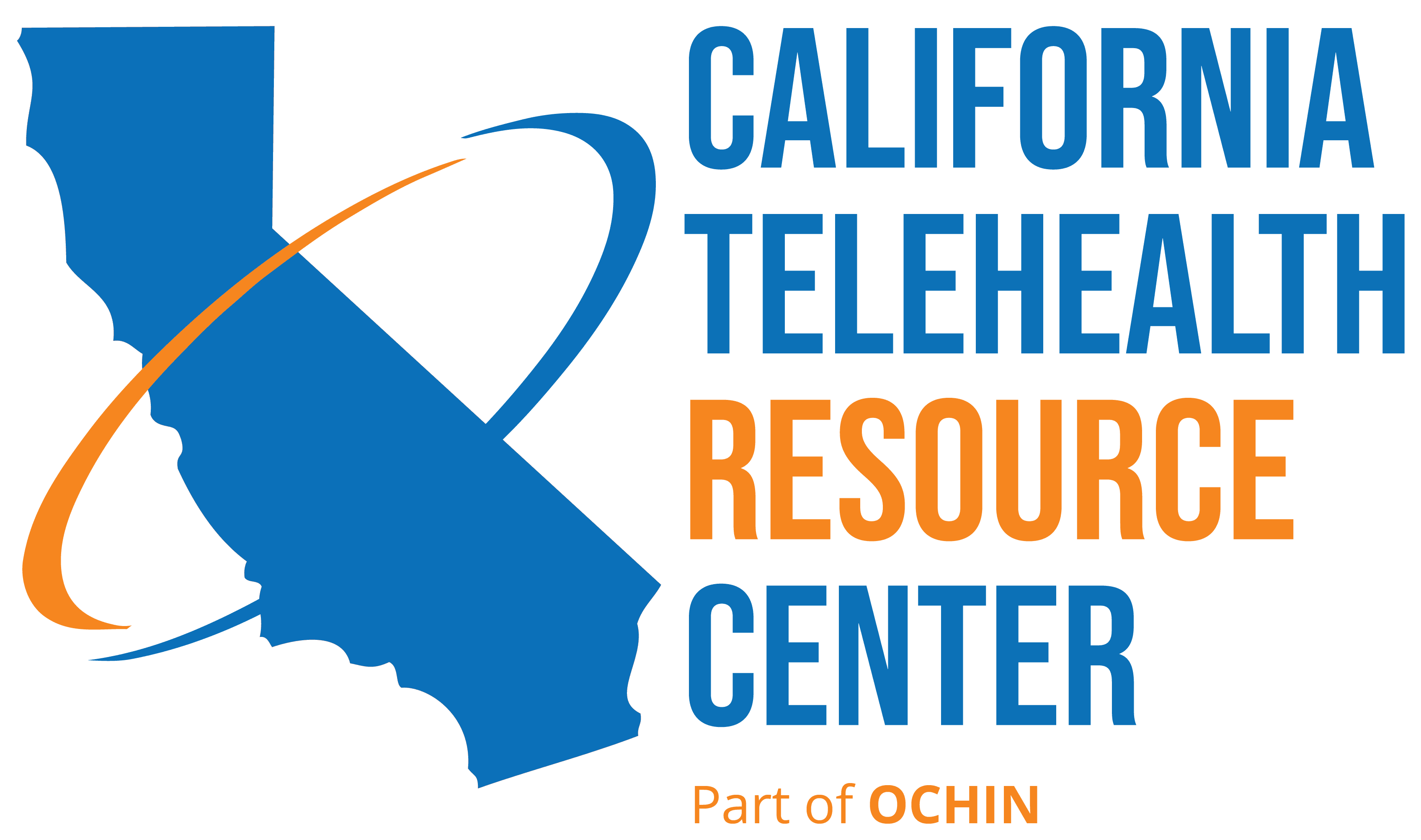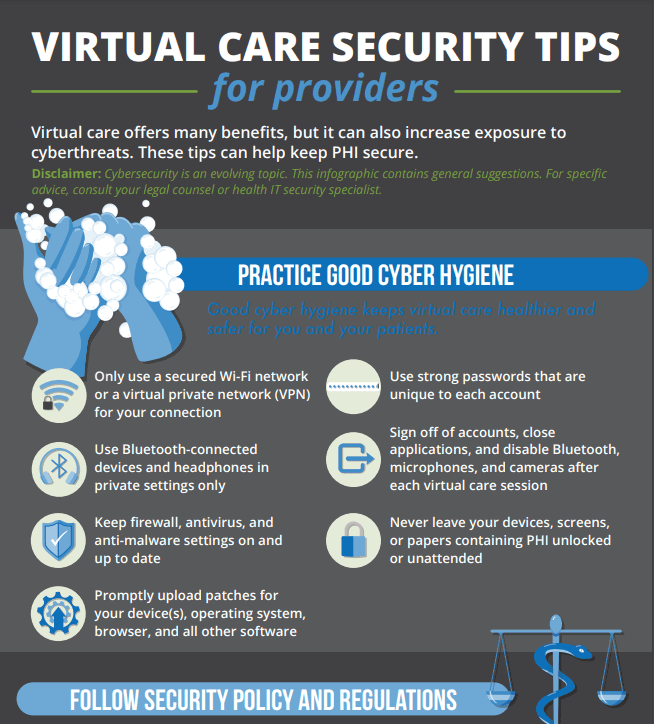Virtual care offers many benefits, but it can also increase exposure to
cyberthreats. These tips can help keep PHI secure.
Related Posts
-

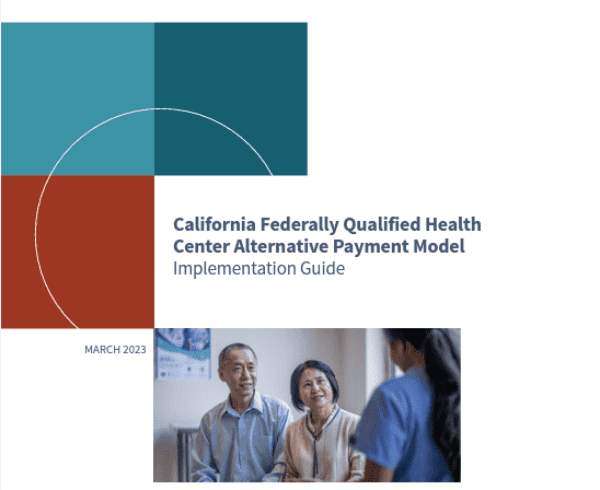 By Mariah Getch | 0 comment
By Mariah Getch | 0 commentThe California Federally Qualified Health Center Alternative Payment Model (FQHC APM) is a proposed initiative of the California Department of Health Care Services (DHCS).
-

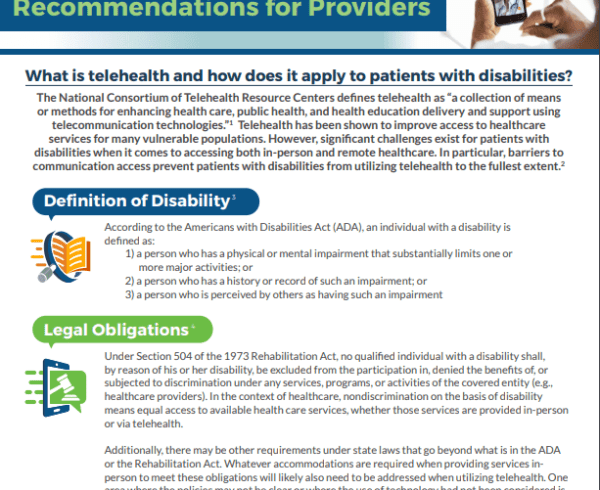 By Aislynn Taylor | Comments are Closed
By Aislynn Taylor | Comments are ClosedThis factsheet provides recommendations for providers when treating patients with disabilities via telehealth. It includes both general recommendations for providers as well as specific tips when treating patients who are deaf or have hearing loss, patients who are blind or have vision loss, and patients with physical/developmental disabilities.
-

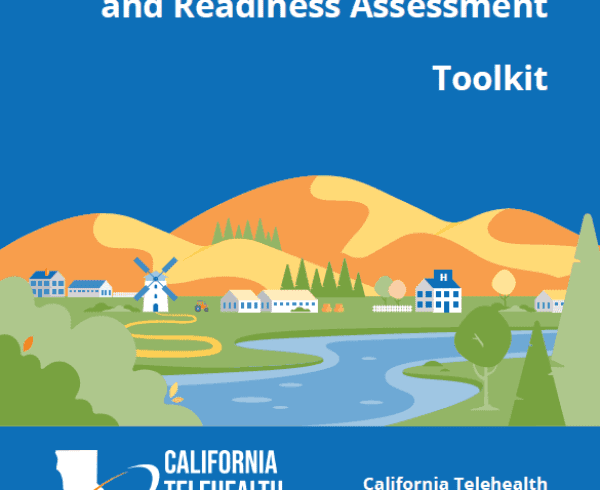 By Aislynn Taylor | Comments are Closed
By Aislynn Taylor | Comments are ClosedUtilize this assessment guide to get a complete picture of your telehealth technology needs and readiness before making a purchase.
-

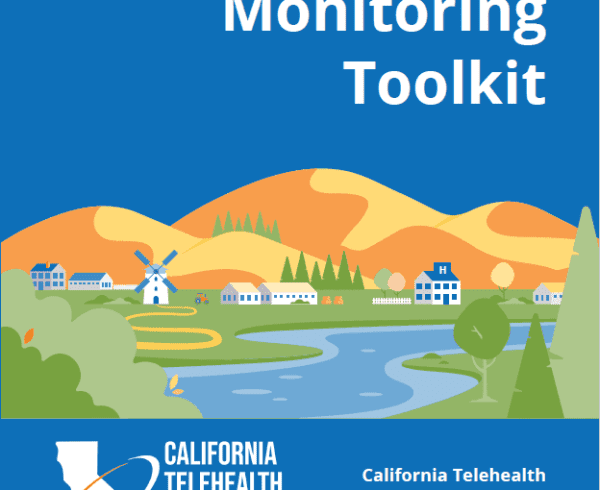 By Aislynn Taylor | Comments are Closed
By Aislynn Taylor | Comments are ClosedThis toolkit is intended to help California providers and patients optimize RPM for better, more equitable care. Practices that embrace RPM technologies today, will be well positioned to leverage eminent powerful advances that build on RPM to transform care as we know it.
-

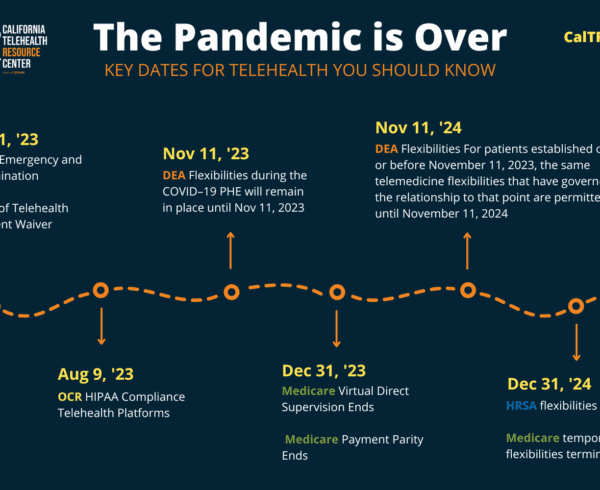 By Mariah Getch | 0 comment
By Mariah Getch | 0 commentWith the COVID-19 Pandemic coming to a close, it is crucial that telehealth providers pay attention to the various changes coming their way. Check out our UPDATED PHE timeline to ensure you are up toRead more

The California Telehealth Resource Center (CTRC) is a leading source of knowledge and education for telehealth providers, patients, and safety net populations across California. A proud part of the National Consortium of Telehealth Resource Centers.
Phone: (877) 590-8144
